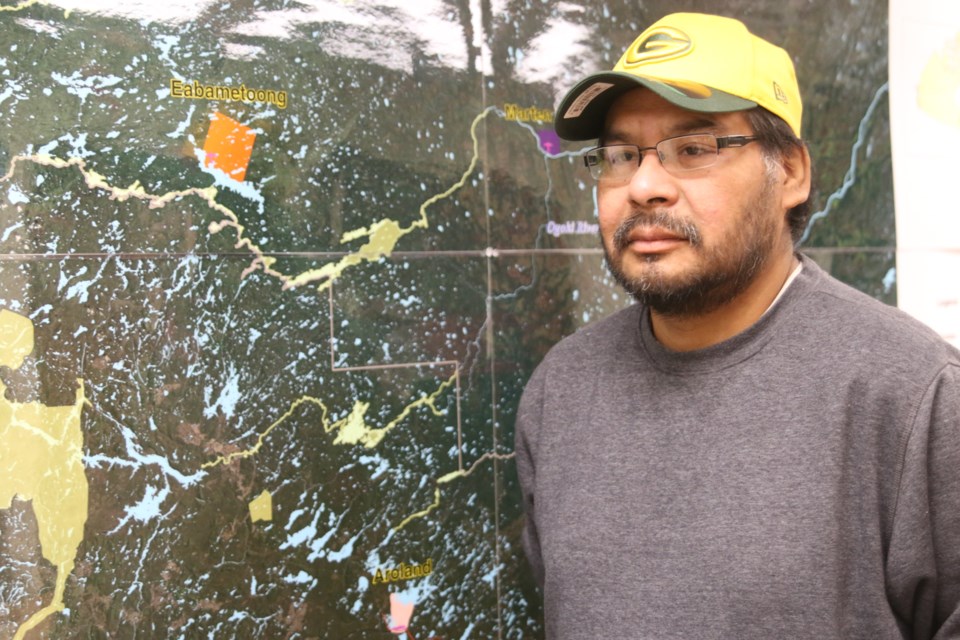THUNDER BAY - Connecting five remote First Nations to a broadband network took a small step forward this week, but community members and leaders are still feeling frustrated.
On Thursday, the Matawa First Nations Broadband Working Group announced the federal government has committed to moving into the design phase of the Matawa First Nations Broadband Technology Project that will connect Nibinamik, Webequie, Neskantaga, Eabametoong, and Marten Falls to high speed Internet.
However, there have been no funding commitments from the provincial government, which has stalled the shovel-ready project.
“We made the application in March 2016 for not only the design, but the entire construction build of the long-haul backbone for the fibre optic network,” said Jason Rasevych, economic development advisor with Matawa First Nations. “We haven’t received any word on commitment from the feds or the province on the long-haul construction other than there is internal discussions that are happening at cabinet.”
The project involves laying more than 800 kilometres of fibre optic cable and is estimated to cost around $60 million. The design and planning of the project is estimated to cost slightly more than $4 million. The project has received partial funding from Indigenous and Northern Affairs Canada in the amount of $1.2 million.
“It is partial funding as it won’t get us through the design because we require some support from the province to complete that design,” Rasevych said. “The reason why this is important to the project and where we are with our timelines is we are going to need a commitment to order the fibre optic cables from Germany and there is a three- or four-month lead time onto that. We need to order that soon to get it on the winter road this year.”
Wayne Slipperjack, cable manager for Eabametoong Communications at Eabametoong First Nation, said connectivity in remote communities using C-ban satellite link through K-NET services in Sioux Lookout is very poor, comparing it to dial-up speeds when the Internet first entered households in the early 1990s.
“It complicates a lot of services,” he said. “Education, health, band business. Even our residential users have a difficult time accessing even the most basic websites. It takes minutes to download a website, while in Thunder Bay it takes seconds.”
Slipperjack said that it has been a source of frustration for people living in the communities. To make matters worse, the process of bringing a broadband network in has been in the works for nearly a decade.
“Back in 2009, when we started talking about the fibre coming into the community, everybody was excited that we would be connected by 2014,” Slipperjack said. “Eventually 2014 came around and we’re still not connected. We are in 2016 now and nowhere near getting connected yet. It could still be a few years, maybe even longer.”
Rasevych said the commitment from the federal government is positive news, but he is hoping for more firm commitments from the province in order to get people connected by next year.
“It was surprising that we are moving forward with the design but we are not clear on our timelines for ordering the cables and getting it on the winter roads this year,” Rasevych said. “2016 is supposed to be the year for connection and we don’t want to see that pushed to 2018 or beyond if we are aiming for our timelines to be connected in the spring.”
Minister of Northern Development and Mines Michael Gravelle was not immediately available for comment.
